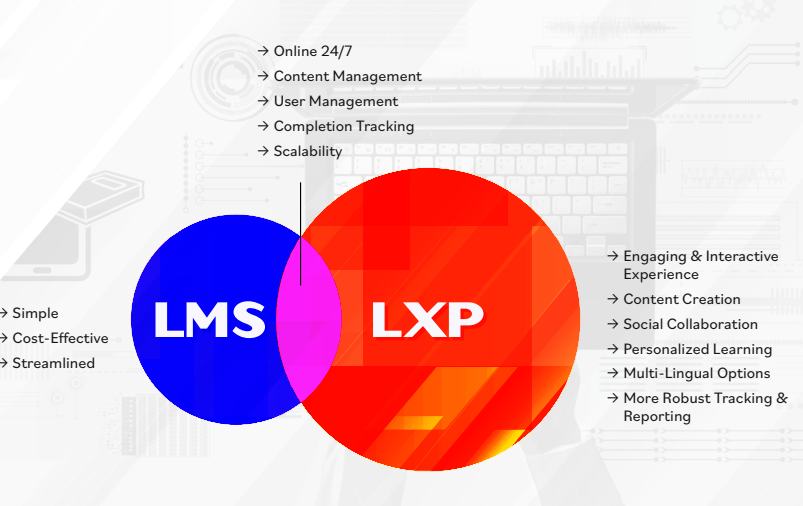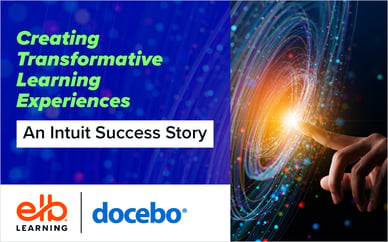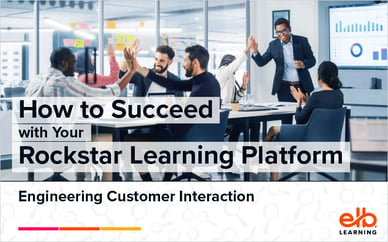The rapid evolution of technology and the increase in remote work has transformed the educational landscape, offering innovative platforms for learning and development. Learning Management Systems (LMS) and Learning Experience Platforms (LXP) stand out as robust solutions. While both aim to facilitate learning, they differ significantly in their approach, features, and focus.
What’s the Difference?
Learning Management Systems and Learning Experience Platforms serve as a foundation for diverse yet structured learning experiences. Satisfying the learning needs of employees seeking skills and professional development, these platforms provide online educational content at the click of a button.
An LMS is a software application designed to manage, deliver, and track learning and training programs. The platform offers a framework for educators and managers to organize and distribute content seamlessly to learners. Content and users are managed and tracked, though tracking learner progress is typically limited to completion status and score.
LXPs prioritize the learner's experience, emphasizing personalized, engaging learning. The platform provides the flexibility and interactivity required for learners to distribute, explore, and create content collaboratively, adapting to their unique learning needs and preferences. In addition, LXPs promote social sharing and generate more detailed learner analytics.
LMS vs LXP
|
Main Purpose |
Key Features |
Key Differences |
Content Types |
|
|
LMS |
Administer and deliver training |
|
|
|
|
LXP |
Facilitate engaging and personalized learning experiences |
|
|
|
Comparison of Benefits
When comparing the two platforms, it’s important to recognize that one system doesn’t necessarily replace the other. As seen below, LMSs are more aimed at providing an easy-to-use platform, focusing more on the administration and tracking of learning, while LXPs help organizations move towards more interactive, personalized learning focused on the employee experience. Depending on your goal and the purpose of your organization, each platform has its benefits in providing a dynamic learning environment for your employees. See the diagram below.

Ready to learn more?
We recently published an ebook that discussed the differences between LMSs and LXPs and which platform to choose to deliver effective training. This serves as a guide in discussing key features and benefits of these platforms and provides a selection criterion that can be used to choose the right platform for your learning goals.







